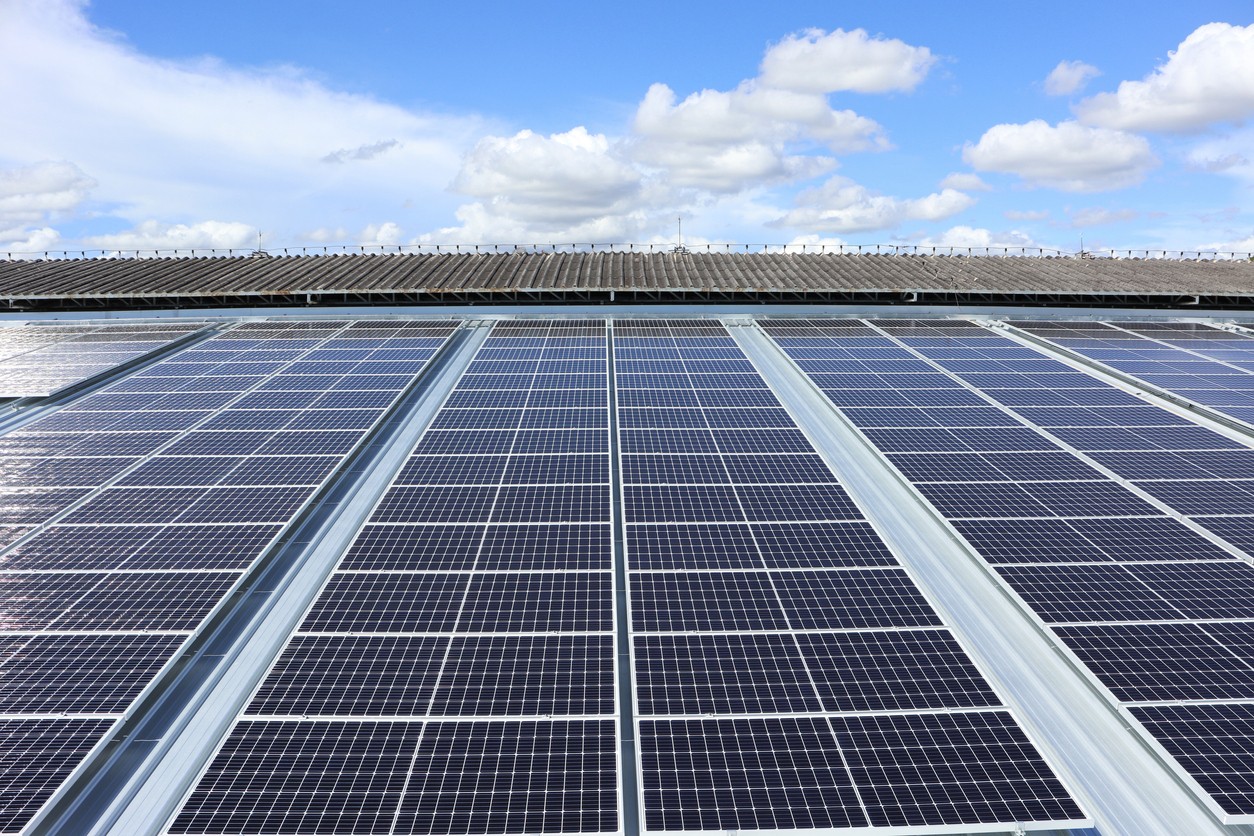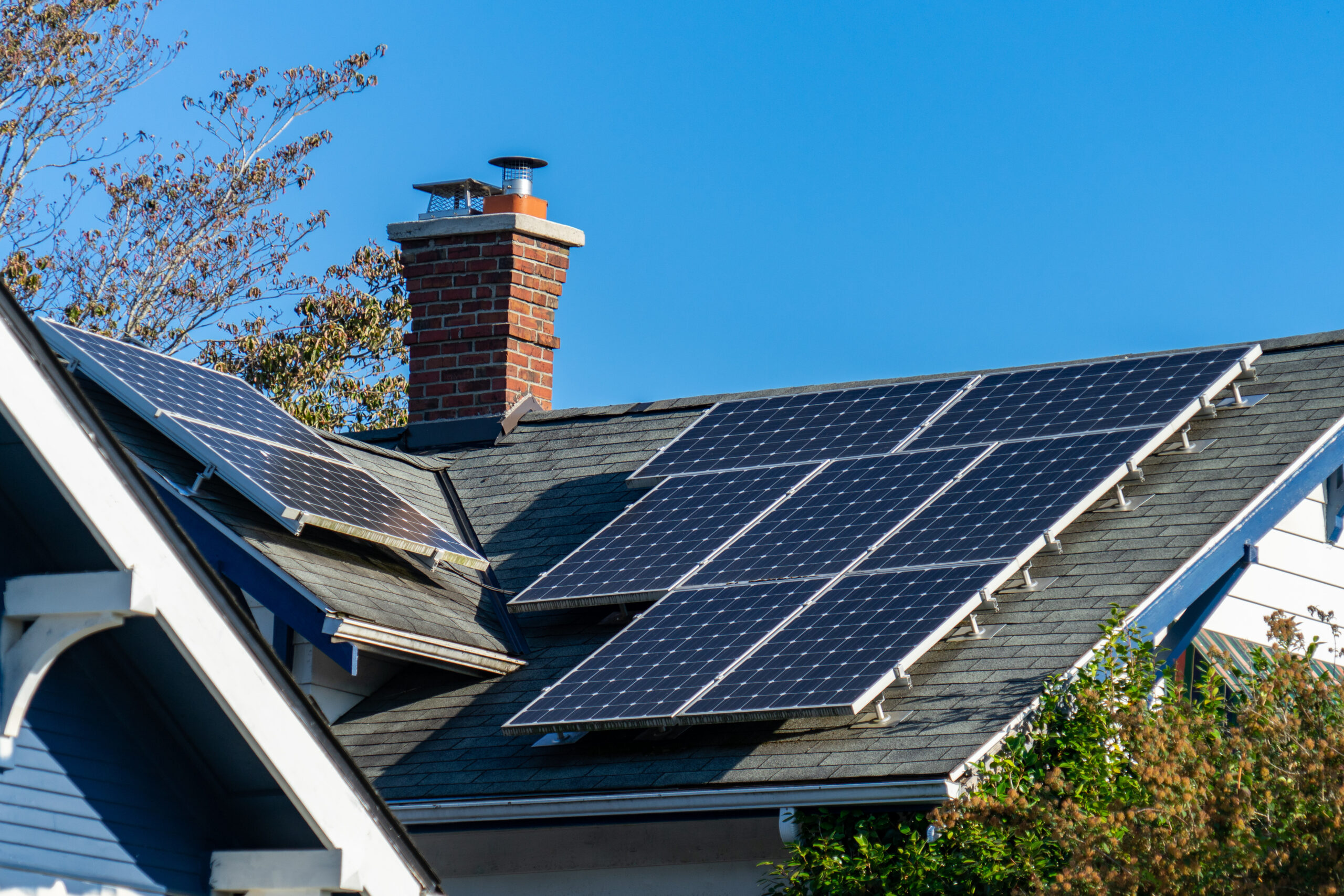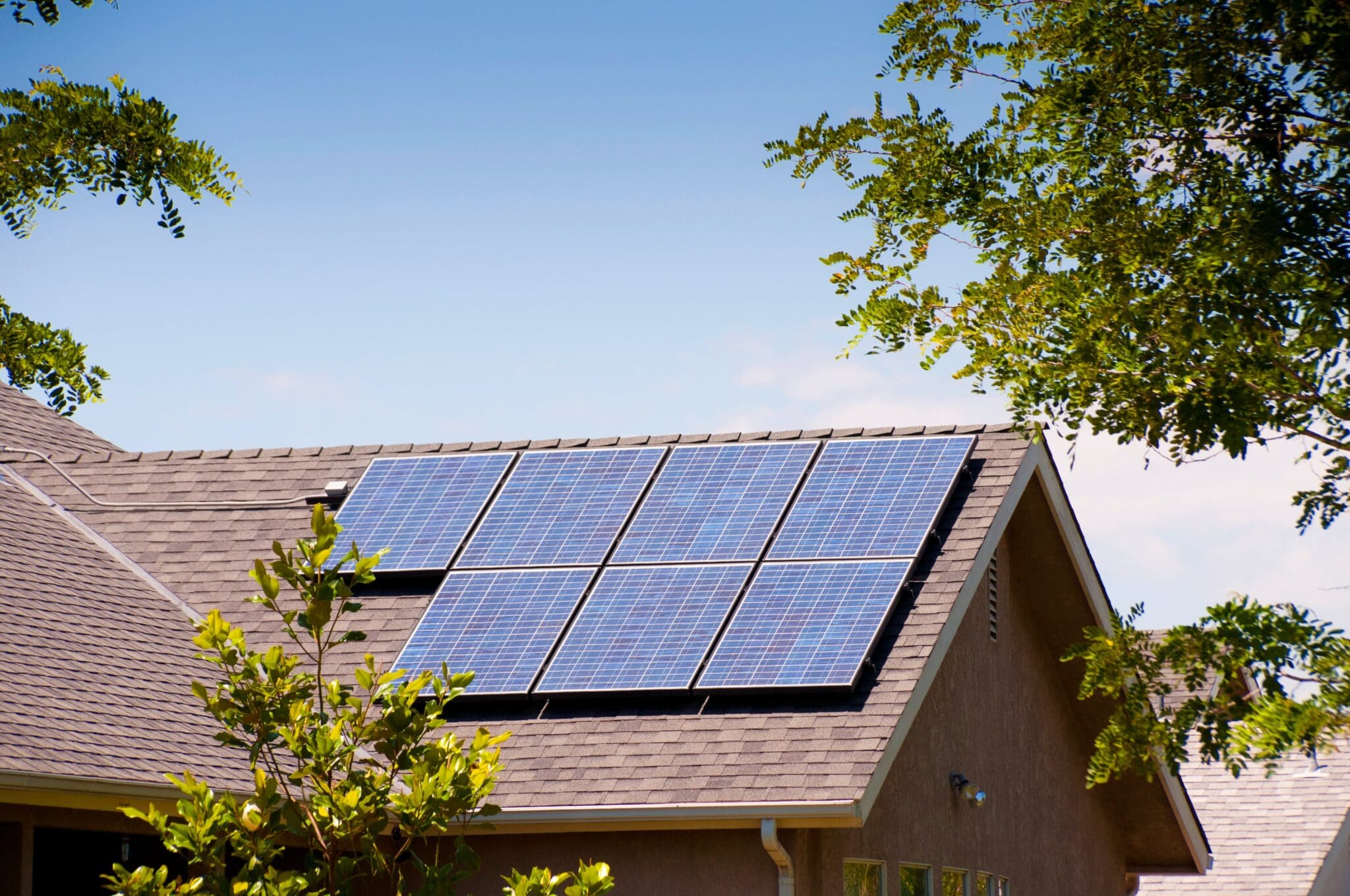Choosing polycrystalline panels not only effectively saves energy but also significantly reduces your electricity costs. Below, we will detail the advantages of polycrystalline panels from the aspects of efficiency, cost, and environmental benefits.
High Energy Efficiency: Improving Energy Utilization
The efficiency of a polycrystalline panel is 15%-17%, and the price ranges between $0.14 and $0.91 per watt. Their efficiency is slightly lower compared to monocrystalline panels (19%-22%), but in everyday practicality, they are seen as more stable under various lighting conditions. Polycrystalline panels are designed to capture scattered light as more of this type of light is present than direct sunlight, which happens on a cloudy day, overcast days, or when buildings are shaded.
A study found that polycrystalline modules produce about 10%–12% more power in cloudy conditions than monocrystalline modules. If we use a 5kW solar system as an example, that difference can provide you with 60-80 kWh extra per month, which adds up to approximately 200 kilometers of electric car driving range. Secondly, the energy efficiency of polycrystalline panels can remain stable at a much wider temperature than monocrystalline may withstand high or low temperatures better, which might be more suitable for users located in harsh climates.
Additionally, polycrystalline panels also exhibit a higher conversion efficiency in varying light angles. As the crystal structure is distributed more evenly in polycrystalline panels, they can absorb more light even when it comes at a sharp angle. Their ability to output decent power in all of these locations makes them ideal for households that are not ideally oriented and roof mounted.
Cost Advantage: Lower Initial Investment and Maintenance Costs
Polycrystalline panels are manufactured less efficiently than monocrystalline panels, using inexpensive raw materials, so these panels cost 20%-30% less than monocrystalline ones. As an example, a family looking to install a 5kW solar system would pay approximately $15,000 for monocrystalline panels or $12,000 for polycrystalline. This $3,000 differential is substantial and allows for the other energy storage systems to be procured as well, or even to purchase a smart meter or energy-efficient appliances—increasing overall efficiency.
Polycrystalline solar panels have a good life expectancy, too. The average light degradation rate within 25 years reaches only 0.5% to 0.7%/ year, though the former is a bit higher than monocrystalline panels due to materials and technologies being optimized, which means their efficiency can also be maintained over 85% after working for 25 years. Monocrystalline panels have a slightly lower degradation of light than polycrystalline ones (0.4%-0.6% per year), but with the larger initial investment and consequently higher final cost, this difference is offset by the overall economic benefit compared to monocrystalline ones. This means that regardless of the technology of the vertical farm, over 25 years this turns out to be only 125kWh extra power loss from a polycrystalline panel compared to a thin-film one (0.1% annual degradation difference), which at $0.1/kWh, comes out as $12.5 for your life-long purchase regardless if you get an erroneous yearly bill or not!
Environmental Benefits: Reducing Carbon Footprint
The manufacture of polycrystalline panels produces considerably less pollution compared to monocrystalline panels. Research data shows that 1 watt of polycrystalline panels consumes about 45 kWh, and monocrystalline panel requires as much as 65 kWh per watt. Total energy with the use of polycrystalline panels for 5kW is approx (22,500 kWh) in comparison to monocrystalline panels (32,500 kWh). That gap is the same as the CO2 emissions for a non-electric gasoline vehicle after 20,000 km (12,500 miles) at an average of 0.5 kg of CO2 per kilometer.
Besides, the production process of polycrystalline boards uses fewer harmful toxic chemicals and heavy metals (such as dust and gas fluorides, sludge and acid salt containing sulfuric acid, etc.), which not only reduces pollution to water bodies and surface soil in the production stage but also reduces the subsequent negative impact on surrounding genomes. Such environmental impact data suggest a 30% lower environmental footprint per unit of production compared to monocrystalline panels, making polycrystalline solar an ideal choice for consumers looking to reduce their overall environmental footprints in the context of using renewable energy.
The use of polycrystalline panels can very well reduce the carbon dioxide footprint produced by households; this reduction is over the long term. It would give you around 7,500 kWh of electricity annually for a 5kW system, i.e., equivalent to offsetting 7,500 kg of CO2 emissions per year. To give you an idea, that is the same as planting 400 trees or saving 2,500 liters of gasoline. Polycrystalline panels can save both money and get associated social, cultural, community and environmental benefits for families who like sustainable development(imagine those pro-ecological individuals).
Diverse Application Scenarios: Wide Applicability and Flexibility
Most commonly, we see homes with polycrystalline panels on their roofs, but they are used frequently in commercial buildings and industrial plants as well. Polycrystalline panels have lower manufacturing costs than monocrystalline panels, so they are more economical to install in large volumes. For example, in large-scale solar power station projects, the cost per square meter of polycrystalline panels is 10%-15% lower than that of monocrystalline panels,such as the Enterprise-Class & Atlas Series. Polycrystalline can save about $10-15 billion for an initial investment in a 10MW photovoltaic power station.
Polycrystalline panels also offer high portability, which is the reason why these models are very popular in detached sites. For those areas with no electricity or unstable power supply, the polycrystalline panels can be integrated with energy storage devices to support a stable power supply for residents as well as industrial facilities. Take some remote villages in Africa as an example; after these energy storage systems with polycrystalline panels were installed, primary and high schools operated locally under sufficient stable power supply so that they could save 30%-40% of electricity costs at most annually consumed medical and educational facility.
In conclusion, polycrystalline panels, with their affordability, variability of use cases and improved environmental profile, have won a significant place in the solar photovoltaic world. The use of polycrystalline panels greatly helps in the economy, and is a green source that contributes to the environment and renewable energy.



